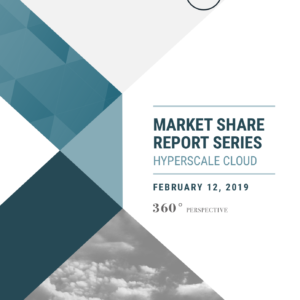Executive Summary
The hyperscale cloud sector continues to push forward in the face of various macroeconomic and geopolitical headwinds. The acceleration seen in 2021 has come to a halt and the recent quarter saw more slowing in overall growth rates. The sluggishness has been in place for the China-based clouds over several quarters and now the big three US-based clouds have seen some slowing.
Is the hyperscale cloud sector changing course? That is hardly the case. All the fundamental trend lines are still in motion and scale is still being realized, with bottom line numbers firmly in place and trending in the right direction.
But there is a realignment happening in the public cloud sector and this has led us to shorten the list of hyperscale clouds we are tracking from nine to seven. IBM Cloud no longer shares the characteristics of a hyperscale platform and Kingsoft Cloud in China has basically failed to launch, especially outside China. Dropping the two has reduced the overall size of the market slightly from our last projection, but we still have the sector growing at a five-year CAGR of 34.3% through 2027. The market continues to be worth close to $160b in annual revenue after the adjustment in our tracking.
Hyperscale cloud remains positioned for sustained long-term growth. Expansion activity is steady and becoming increasingly global, while the drivers of growth are increasingly coming from consumption-based uptake in new products and services. There continues to be movement away from raw compute and storage and the sector is now more of a competition over tools, data and performance.
This report provides comprehensive growth rate projections and total revenue estimates for the world’s seven hyperscale cloud platforms on a five-year basis. Included are geographic splits and a total market summation. This latest version also features a refresh of our hyperscale cloud region and interconnection node tracking. Hyperscale cloud is projected to reach $692.7b in value in 2027, with a five-year CAGR of ~34.3%.






